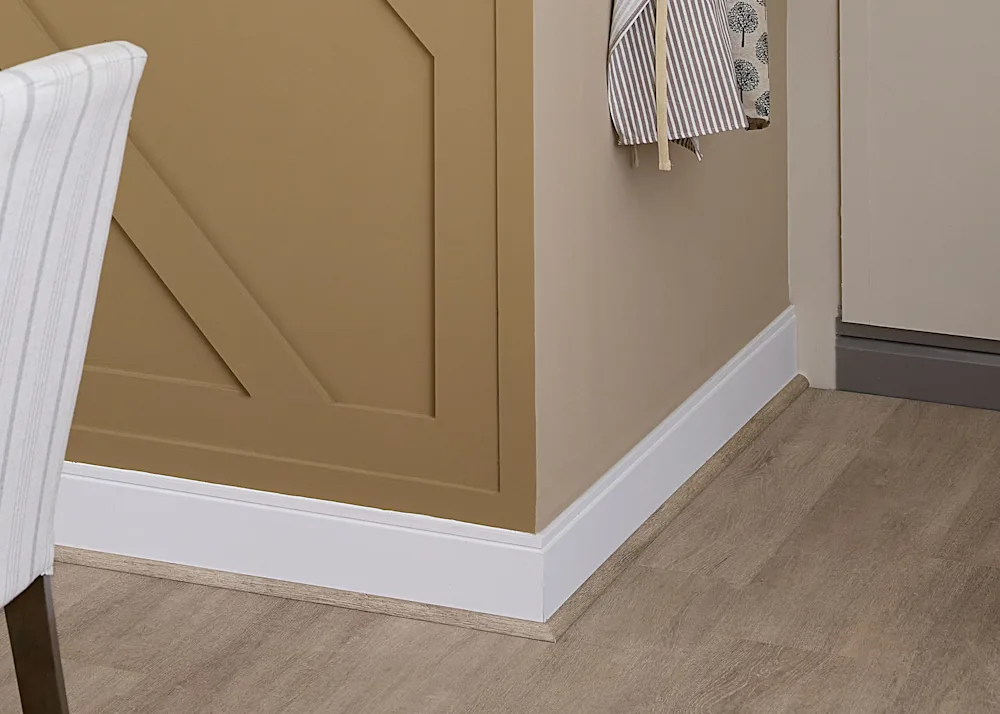When embarking on the journey of installing new flooring and baseboard, one must consider a myriad of factors to ensure both aesthetic appeal and long-term durability. Selection of the appropriate materials plays a pivotal role; each type offers distinct advantages and constraints, whether it’s the warmth of hardwood, the affordability of laminate, or the resilience of vinyl and tile. Additionally, mastering the techniques of installation is crucial—improper methods can lead to unsightly results and costly corrections. As we explore these critical choices and methods, one must question: what are the common pitfalls to avoid and the pro tips that can make or break the success of your installation project?
Choosing Your Materials in Flooring and Baseboard
Selecting the right materials for flooring and baseboards installation is pivotal to ensure durability, aesthetics, and cost-effectiveness.
Hardwood offers timeless elegance and substantial longevity, but can be costly and requires maintenance.
Laminate, alternatively, provides a cost-effective solution with a wide variety of designs, though it may not have the same lifespan as hardwood.
For areas prone to moisture, consider vinyl or tile, which resist water damage and offer extensive durability.
When choosing baseboards, MDF is a popular choice due to its affordability and smooth finish, suitable for painting. However, solid wood baseboards can be more durable and add a richer feel to the space.
Each material choice should align with the specific needs and style of your home community.
Installation Techniques Explained
Proper installation of flooring and baseboards is crucial for ensuring both the longevity and aesthetic appeal of these materials. Begin by ensuring your subfloor is level and clean, as any imperfections can telegraph through to the surface flooring, leading to uneven wear or damage.
When installing hardwood or laminate, consider the room’s humidity and temperature, allowing materials to acclimate to prevent warping. Use spacers between the flooring and walls to allow for expansion.
For baseboards, measure carefully and cut precisely, mitering corners for a seamless look. Always nail baseboards into the wall studs, not just the drywall, to secure them effectively. These techniques, when executed properly, not only enhance the installation’s durability but also its integration into your living space.
Maintenance and Care Tips
Maintaining the pristine condition of your newly installed flooring and baseboard is essential for extending their lifespan and preserving their visual appeal. Regular upkeep not only enhances your home’s aesthetic but also fosters a sense of belonging and pride in your living space. To ensure optimal maintenance:
- Regular Cleaning: Sweep or vacuum floors weekly to remove dirt and grit that can scratch surfaces. Use manufacturer-recommended cleaning products for deeper cleans.
- Immediate Spill Response: Blot spills promptly to prevent stains and water damage, particularly on wood and laminate surfaces.
- Seasonal Adjustments: Monitor humidity levels to prevent warping; consider using dehumidifiers in damp climates and humidifiers in dry areas.
Adhering to these guidelines will keep your floors and baseboards looking as good as new.
Read More:
Top Flooring and Baseboard Trends to Transform Your Interior Space

